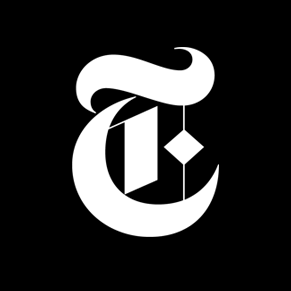Mock sample for your project: Article Search API
Integrate with "Article Search API" from nytimes.com in no time with Mockoon's ready to use mock sample

Article Search API
Version: 1.0.0
Speed up your application development by using "Article Search API" ready-to-use mock sample. Mocking this API will allow you to start working in no time. No more accounts to create, API keys to provision, accesses to configure, unplanned downtime, just work.
It also improves your integration tests' quality and reliability by accounting for random failures, slow response time, etc.
Description
With the Article Search API, you can search New York Times articles from Sept. 18, 1851 to today, retrieving headlines, abstracts, lead paragraphs, links to associated multimedia and other article metadata.
Note: In URI examples and field names, italics indicate placeholders for variables or values. Brackets [ ] indicate optional items. Parentheses ( ) are not a convention — when URIs include parentheses, interpret them literally.
Other APIs by nytimes.com

Community API

Geographic API

Top Stories

Books API

Times Newswire API

TimesTags API

Semantic API
The Semantic API uses concepts which are, by definition, terms in The New York Times controlled vocabulary. Like the way facets are used in the Articles API, concepts are a good way to uncover articles of interest in The New York Times archive, and at the same time, limit the scope and number of those articles. The Semantic API maps to external semantic data resources, in a fashion consistent with the idea of linked data. The Semantic API also provides combination and relationship information to other, similar concepts in The New York Times controlled vocabulary.

Archive API

Movie Reviews API
Other APIs in the same category
Network Security API

OMDb

YouTube Data API v3
Web Risk API
Business Profile Performance API



